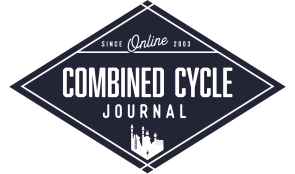HRSG Forum 2024: Boiler Feed Pump Workshop
The HRSG Forum isn’t just another industry conference—it’s the only “user group” event where every session is open to all participants, fostering real-time exchange across users, OEMs, consultants, and solution providers. No sessions are restricted but are moderated by Bob Anderson (Competitive Power Resources) and Barry Dooley (Structural Integrity, UK) to ensure fruitful presentation and […]
HRSG Forum 2024: Boiler Feed Pump Workshop Read More »



